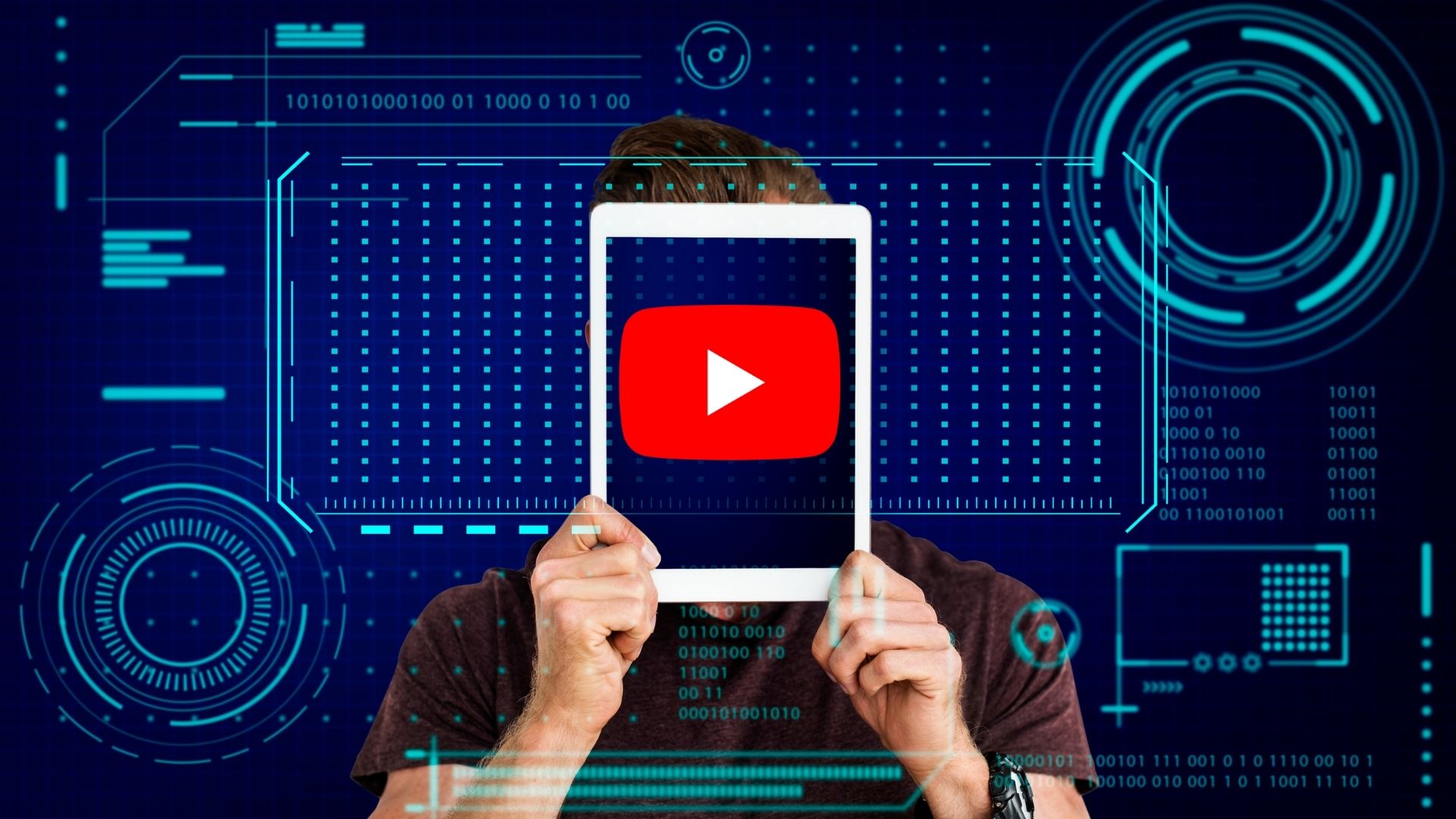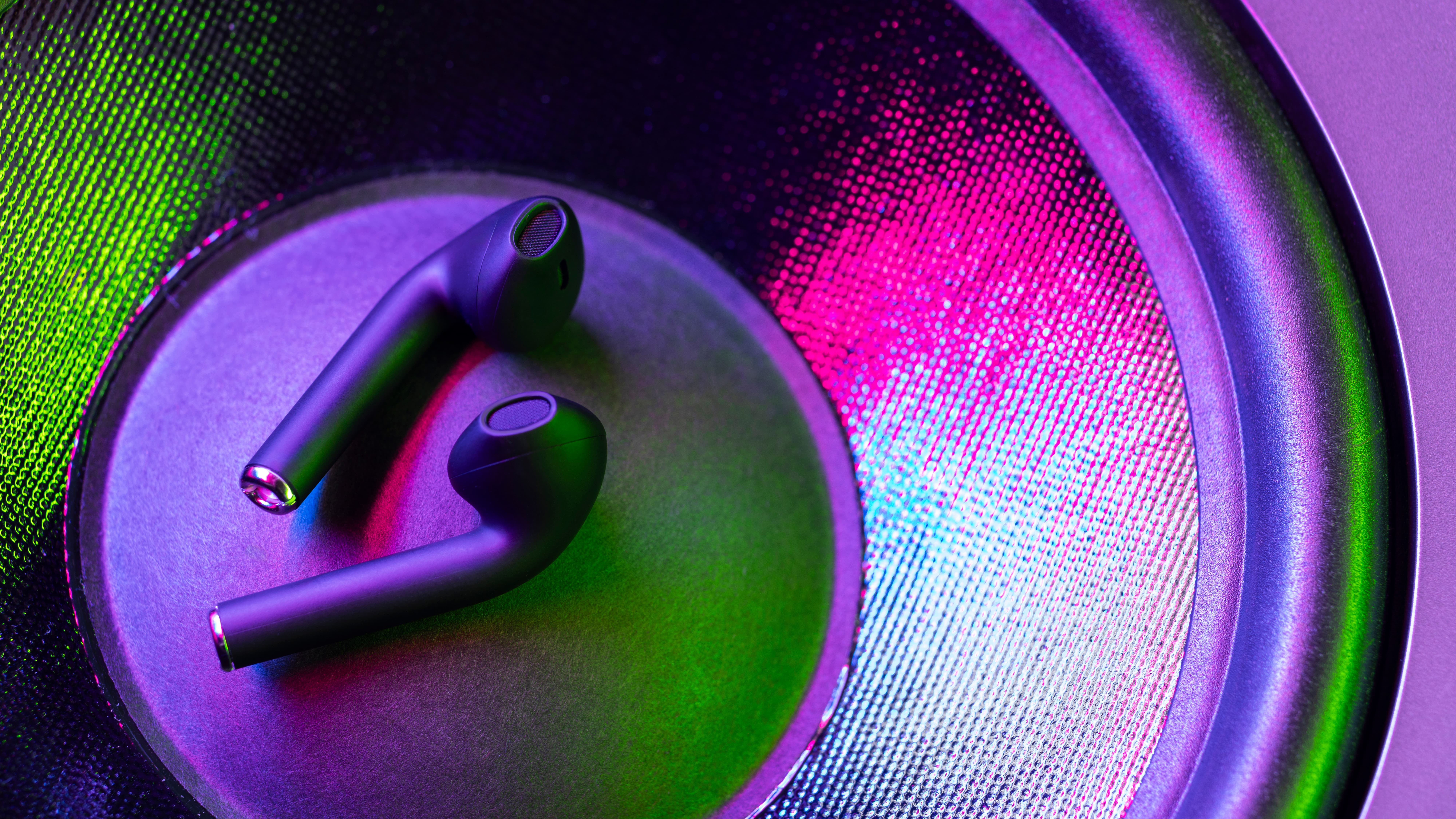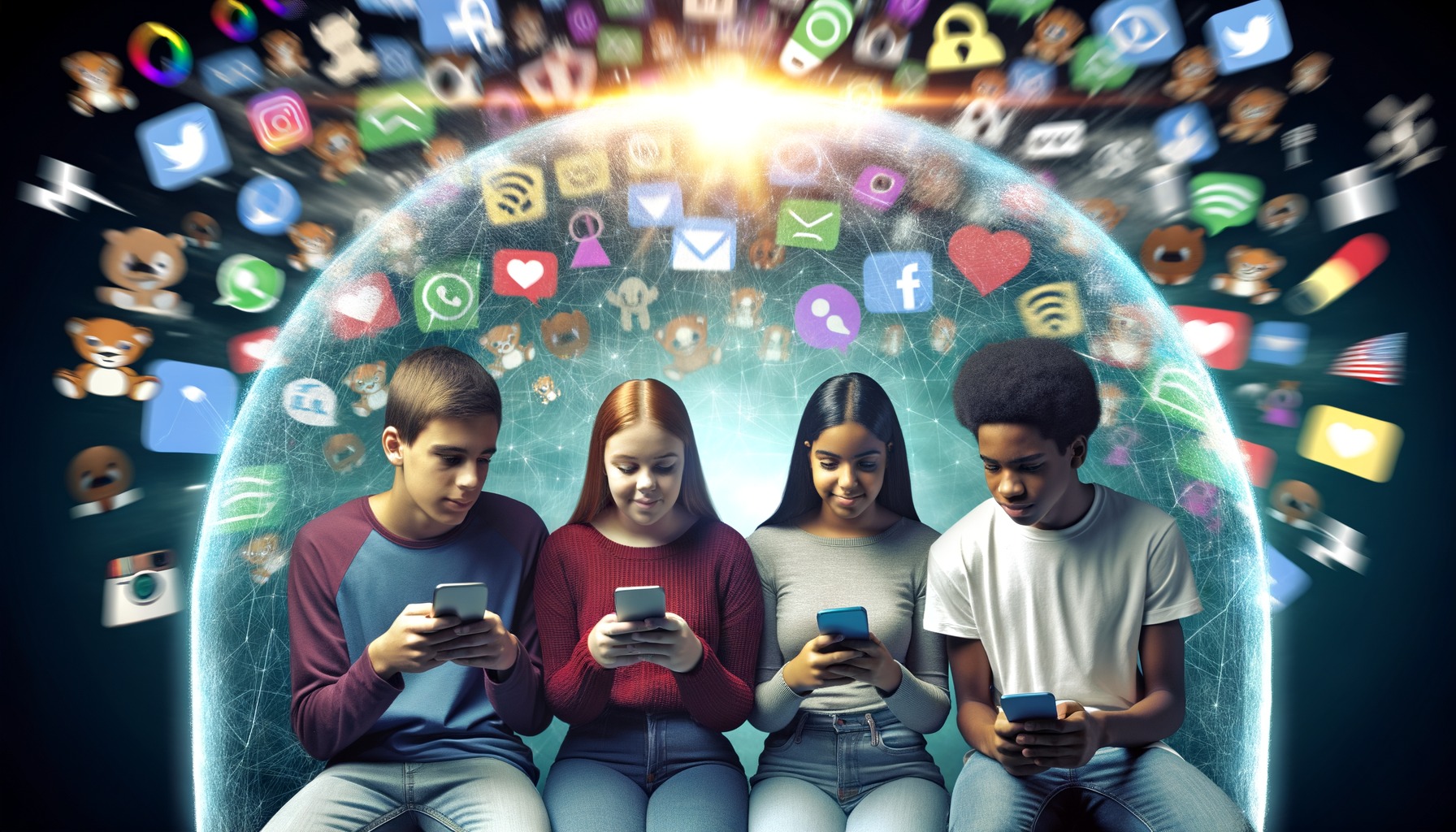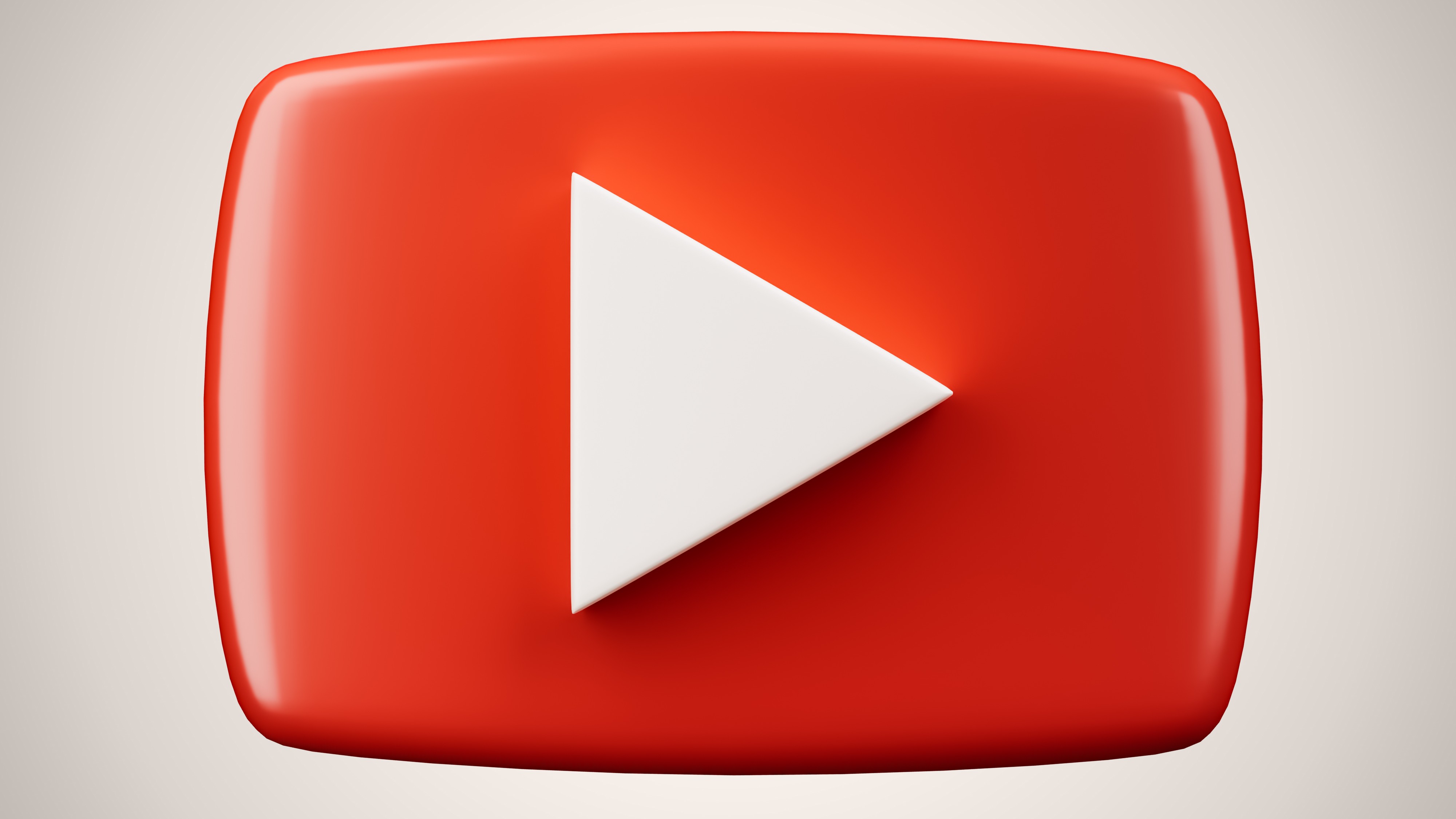More than 20 percent of videos recommended to new YouTube users are low-quality, attention-driven content commonly referred to as AI slop, according to new research. The findings raise concerns about how recommendation systems shape early user experience on the platform.
Video-editing firm Kapwing analysed 15,000 of YouTube’s top channels across countries worldwide. Researchers identified 278 channels consisting entirely of AI-generated slop, designed primarily to maximise views rather than provide substantive content.
These channels have collectively amassed more than 63 billion views and 221 million subscribers. Kapwing estimates the network generates around $117 million in annual revenue through advertising and engagement.
To test recommendations directly, researchers created a new YouTube account and reviewed its first 500 suggested videos. Of these, 104 were classified as AI slop, with around one third falling into a category described as brainrot content.
Kapwing found that AI slop channels attract large audiences globally, including tens of millions of subscribers in countries such as Spain, Egypt, the United States, and Brazil. Researchers said the scale highlights the growing reach of low-quality AI-generated video content.
Would you like to learn more about AI, tech, and digital diplomacy? If so, ask our Diplo chatbot!









